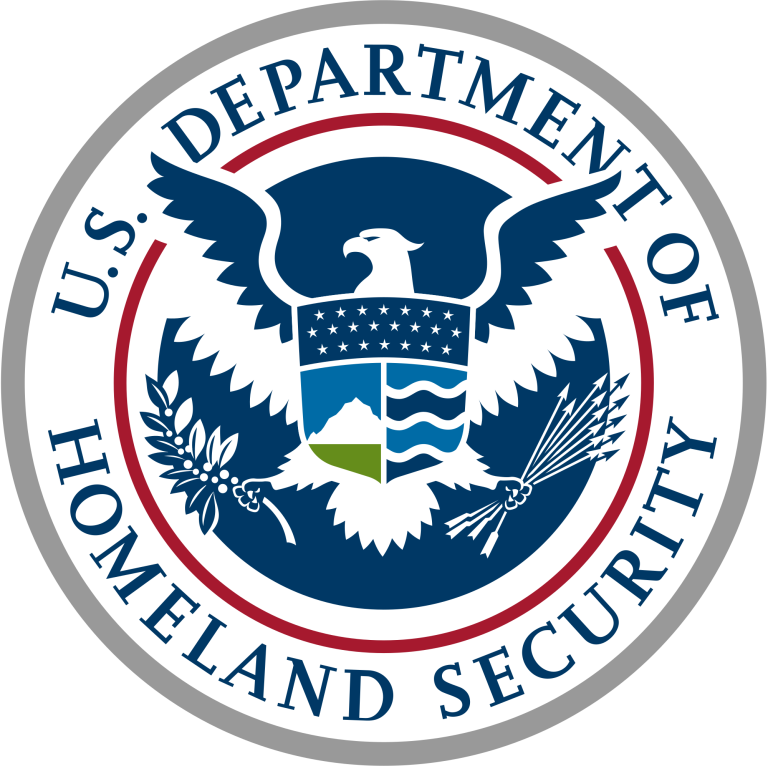Originally published March 18, 2016
On March 11, 2016, the Department of Homeland Security (DHS) published a regulation that extends the period of work authorization from its current 17-month period to 24 months for foreign students who will be employed in STEM (science, technology, engineering and math) occupations by U.S. companies that participate in E-Verify.
Though some U.S. companies have expressed concerns over the increased compliance burden, it is balanced by longer periods of work authorization and additional opportunities to be selected in the H-1B cap lottery for foreign student graduates. Assuming last year’s demand remains relatively similar, only 30.5% of petitioners will be selected under the regular cap. Foreign students who are eligible for STEM extensions will now enjoy a total of 36 months of practical training after graduation – 12 months of initial work authorization and an additional 24 months under the new STEM extension regulations. These students will now have additional opportunities to apply for H-1B visas while they continue to engage in employment related to their academic field of study.
Who qualifies for the new 24-month STEM extension and what are the key requirements?
- Foreign students who graduate from a U.S. accredited institution with a STEM-related degree
- Foreign students who are employed by a company that has enrolled in E-Verify, an online DHS program that requires employers to verify the work authorization documents of new hires (uscis.gov/e-verify)
- Foreign students who are employed by a company that agrees to provide a robust work-based training program related to the students’ academic studies. The company must institute oversight and supervision of the student and the student must provide periodic performance evaluations, which are reported on a newly created government form (I-983) that the student will submit to designated school officials.
- The employer must agree not to replace any U.S. worker with the foreign student, and to provide the foreign student wages and benefits comparable to other similarly situated U.S. workers employed at the work site.
- The employer understands that its compliance efforts may be monitored by DHS through unannounced on-site audit visits. These visits are intended to verify the employer’s maintenance of training program records and compliance with the regulatory requirements.
Are the new requirements burdensome for employers, academic institutions and foreign students?
Yes. However, employers should be able to cope with the new regulations in exchange for extended periods of work authorization for foreign student graduates. The new requirements require employers to have appropriate entry-level job descriptions upon which to base their training program. Also, a nexus must exist between the job training program and the student’s course curriculum. The employer must closely supervise its new recruits and offer competitive wages and working conditions.
Academic institutions that offer solid educational programs and who see the benefit of recruiting foreign students should not be discouraged by these added responsibilities. Recruiting foreign students often brings financial benefits, fosters intercultural exchange, and provides rewarding academic forums for an employer.
Lastly, the foreign student who is offered an opportunity to augment their academic curriculum with work-based continued training should willingly comply with the added reporting requirements. The foreign student is required to complete periodic self-assessment questionnaires detailing the knowledge acquired and how the training program met specific goals and objectives, and to provide timely reports to their designated school officials.
The cost associated with the new rule is a price worth considering. The exchange of increased oversight for extended employment opportunities provides benefits to both employers and students. We encourage employers to consult their immigration attorneys for more information regarding the requirements of the program and their own obligations under the new STEM extension program.

